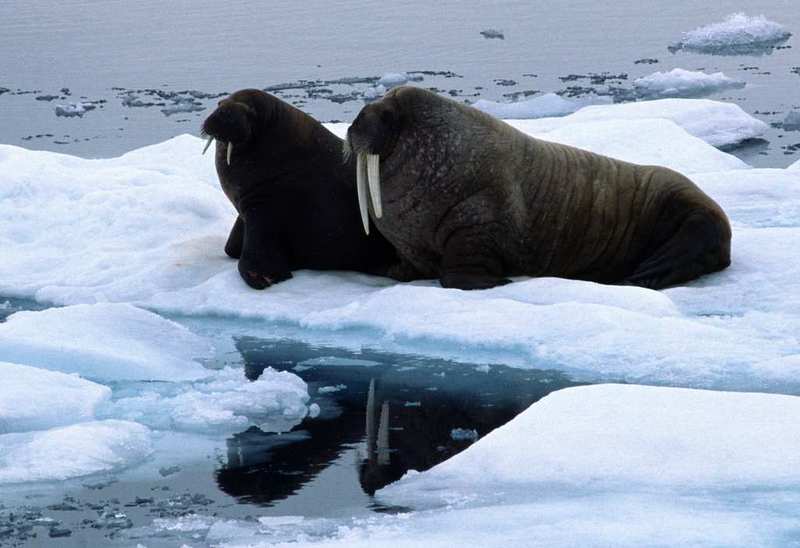Scientists find a record number of Atlantic walruses in the Russian Arctic
The expedition also discovered more habitat for the animals than previously known.

An expedition that traveled to numerous Russian Arctic islands found record numbers of Atlantic walrus, as well as more extensive walrus habitat than was previously known, officials said.
The press service of the Russian Arctic National Park reported that an expedition initiated by the Arctic Scientific Center of Rosneft returned to Arkhangelsk earlier this month. The expedition’s aim was to conduct environmental monitoring of the Red Data Book (a state document recording rare and endangered animal, plant and fungi species) species for the second year in a row on Franz Josef Land and Novaya Zemlya.
During the expedition, scientists and zoologists from the A.N. Severtsov Institute of Ecology and Evolution, the Lomonosov Moscow State University Marine Research Center, as well the Russian Arctic National Park, used unmanned aerial vehicles and camera traps installed during a similar expedition last year to survey 34 islands on Franz Josef Land, Novaya Zemlya and Victoria Island.
According to preliminary data, more than 7,000 walruses were recorded, which is twice as many as last year. This expedition also found additional walrus habitat on Eva-Liv Island, the northernmost island of the Franz Josef Land archipelago.
Some of the areas covered in both this and last years’ expeditions are Russian Arctic national parks. According to the head of the expedition, Svetlana Artemyeva, “the territory of the national parks is optimal for Atlantic walrus tracking, because at least one large group of the animal lives there. The archipelago itself is quite convenient for exploring rookeries too as the distances are small and there is a huge number of haul-outs areas for Walruses to utilize.”
This year the expedition’s crew tagged 16 satellite tracking devices onto walruses.